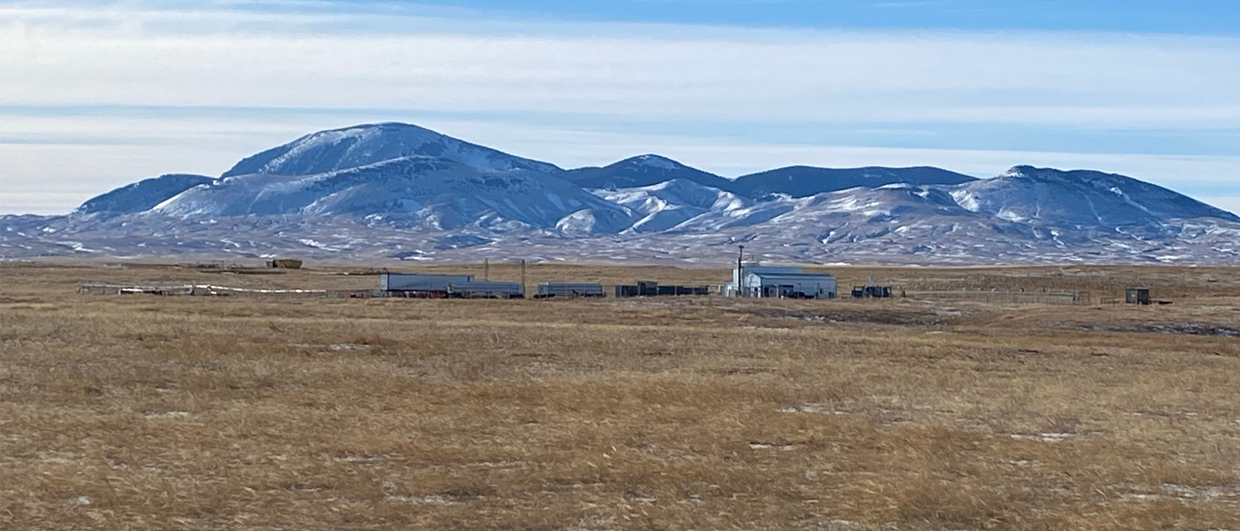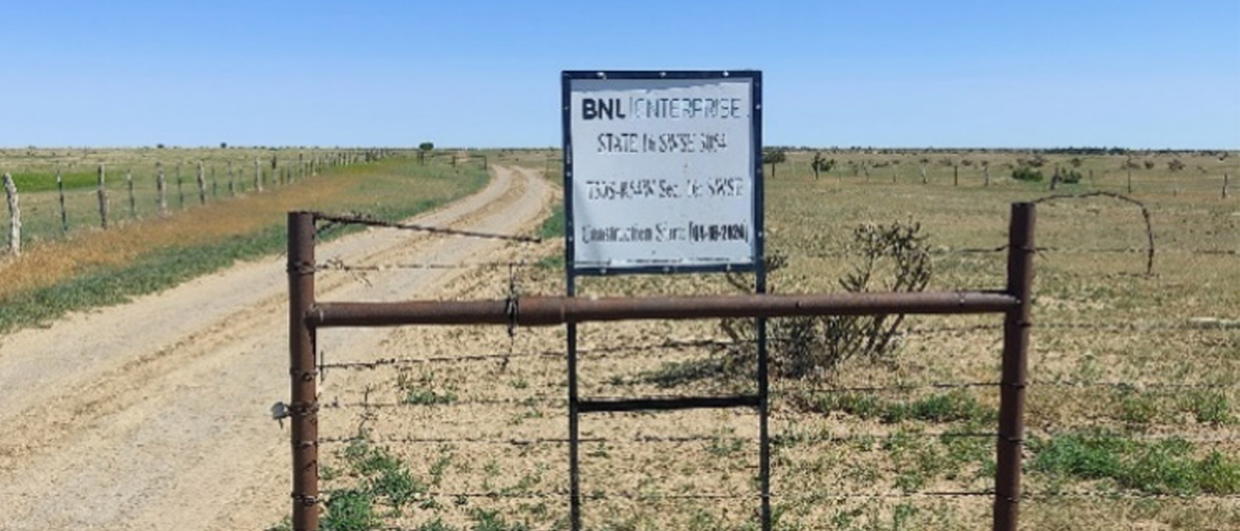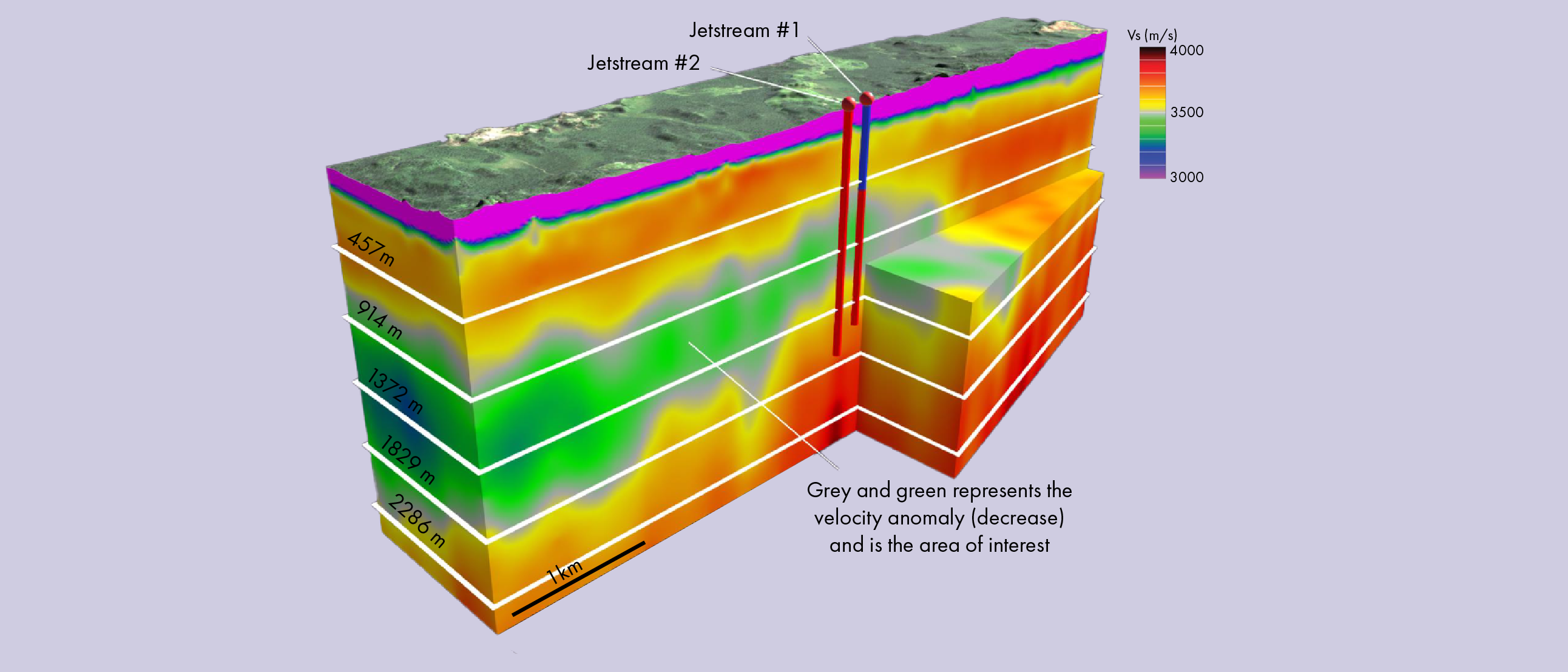Storing non-hydrocarbon gas in depleted oil and gas fields is a hot topic, whether it is permanent storage of CO2 or temporary storage of H2 produced by excess wind energy. Yet, it is nothing new. The US government started to successfully store helium underground in 1945.
The Cliffside gas field in North Texas was discovered in 1924. The field consists of several anticlinal structures underlain by salt domes, of which the Bush Dome is the largest. The Brown dolomite reservoir, which also contained helium mixed in with natural gas, occurs at about 1 km depth and is sealed by anhydrite.
Panic
This helium was specifically targeted as early as 1929 and heavily relied upon during the Second World War. This depleted the reservoir to a large extent and caused panic in the US government. For that reason, the state started injecting excess pure helium into the crest of the Bush Dome in 1945 to build up reserves. When military operations during the Korean War and the ‘space race’ initiated by the Cold War demanded large quantities of helium, they produced it again and discovered that virtually all injected helium could be retrieved.
With reserves depleted again by 1959 and the success of the temporary helium storage under their belt, the US government decided to make the Bush Dome an official helium storage facility. The infrastructure was improved and private gas producers were incentivised to separate helium from their gas stream rather than letting it go to waste.
Flooding the market
Injection of crude helium, consisting of ~ 65 % helium mixed with nitrogen, started in 1963. Over the next 30 years, > 35 BCF of gas was injected. However, over this time federal demand for helium declined while demand from the private sector steeply increased. The US government decided to start selling their reserves and flooded the market with cheap helium. The low price caused much of the private helium sector to shut down.
The Cliffside Helium System still supplies over 20 % of the domestic and 9 % of the global demand for helium and an estimated 1.8 BCF crude helium remains in the reservoir. However, the federal government is no longer interested in operating the helium facility and put it up for sale last year, with NBC news recently reporting that Messer Group emerged as the highest bidder.
It is likely that the aging facilities face a temporary shutdown for maintenance and upgrading when ownership is passed. The shutdown could last up
to three years, putting additional pressure on the already tight helium market and further driving up the price of this unique noble gas.





